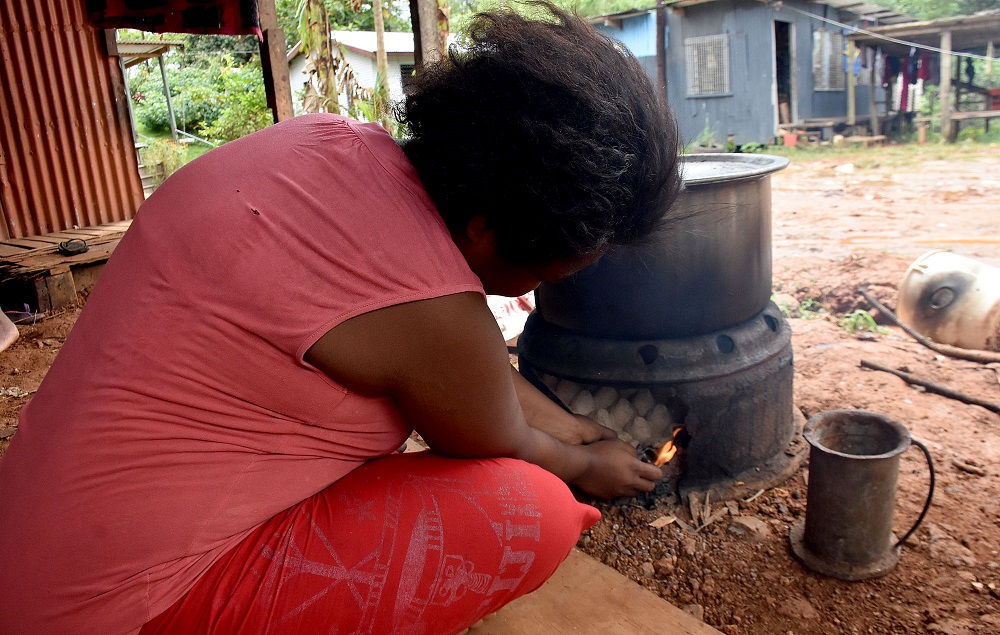New data has revealed stark differences in access to clean cooking fuel between urban and rural women in Fiji.
The Experimental Gender Climate Change Nexus Data Brief 2025 released by the Fiji Bureau of Statistics shows that electricity and LPG use remain heavily concentrated in cities, while many rural women still depend on firewood.
According to the data, 69.7 percent of electricity and 80.9 percent of LPG use occur in urban households, compared to only 30.3 percent and 19.1 percent in rural areas.
Kerosene, though more evenly distributed, remains higher in urban areas (67.3 percent) where some low-income communities rely on it for both cooking and lighting.
The data supports the goals of Fiji’s National Energy Policy 2023–2030, which prioritizes expanding clean energy access to rural and marginalized communities.
“Fiji’s energy policies, particularly the National Energy Policy 2023 – 2030, aim to transition the country toward a net-zero emissions economy by 2050 with a focus on clean energy adoption,” states FBoS.
“These policies recognize the need for targeted interventions to improve clean energy access for women and marginalized communities.”
Access to clean cooking solutions is particularly important for women, who often bear the burden of cooking and fuel collection.”
“Transitioning to cleaner fuels like LPG (Gas) and biogas can reduce health risks associated with indoor air pollution and free up time for other productive activities.



